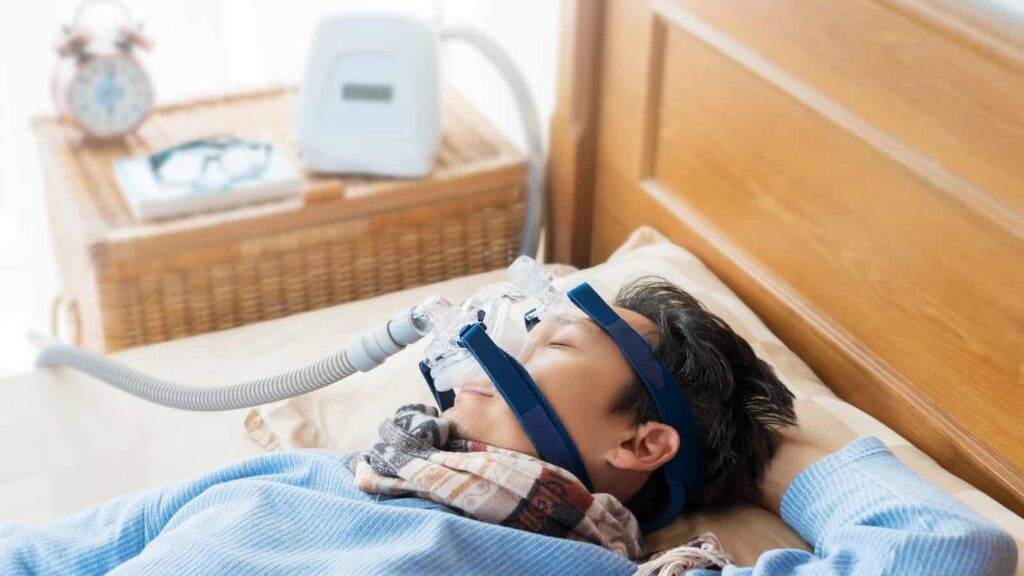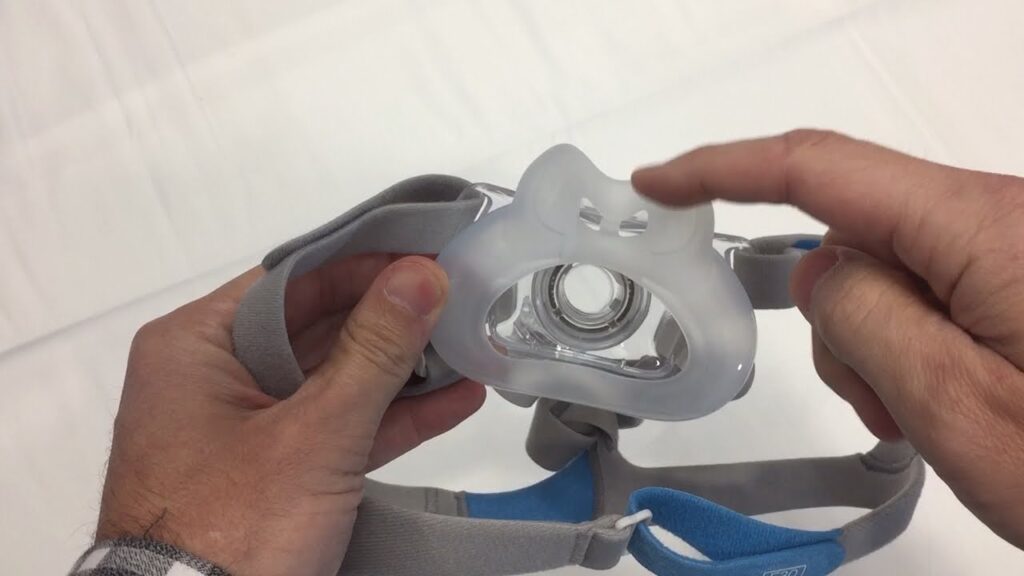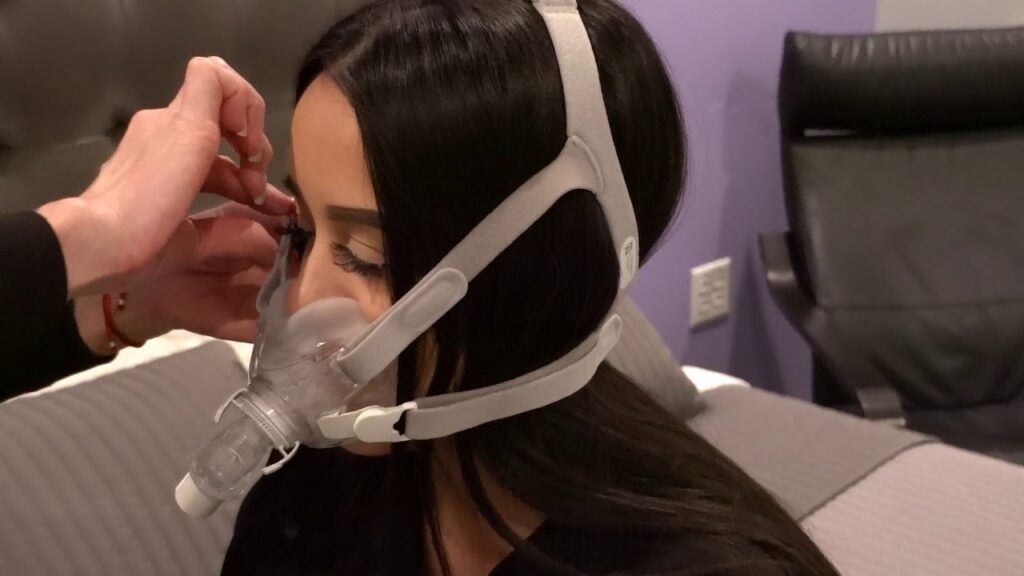Even a short getaway has to be well thought out in preparation. Should you bring anything? What can you leave safely when you arrive there or bring from home? Much if the majority of travelers find this tough, wearing a CPAP machine may make things even more hard.
Continuous positive airway pressure therapy, sometimes known as CPAP therapy, is the most popular and effective treatment for sleep apnea. The CPAP therapy may treat your sleep apnea and improve your ability to fall asleep, but it takes a lot of equipment that isn’t always easy to pack.
If you’re taking your cpap machine and necessary supplies, it shouldn’t be difficult for you to enjoy your trip. Let’s first take a look at the components of CPAP machines to assist you organize your packing and understand what to bring.
The Crucial Parts of Your CPAP Machine
Your CPAP machine has three parts, which are as follows:
The engine compresses the air as it draws it from your space. The CPAP mask will then transfer the air into your airways, making it easier for you to breathe.
The hose connecting your CPAP mask to the appliance, which allows pressurized air to pass through.

Some machines additionally contain a humidifier to prevent dry mouth, nose, or throat after using the machine. Most devices also come with an air filter to remove irritants from the air such dust and allergens.
Before we discuss our general recommendations for traveling with your CPAP machine, we should mention certain vacation CPAP options that are now available. If you often travel, whether for work or pleasure, and keeping your baggage minimal is important to you, think about getting a Travel CPAP machine.
Is a portable CPAP machine available?
Medical equipment like your CPAP machine could be too heavy to place on your bedside table. As a result, some people with sleep apnea who travel with a portable CPAP machine. These devices are smaller and lighter to travel, and they run on CPAP batteries.
General Travel Advice for CPAP Machines
Whether you’re utilizing a portable CPAP machine or your normal CPAP machine, here are some imperative suggestions to keep in mind before leaving:
- Don’t forget to use your home computer! Even though this advice may seem obvious, many people forget their CPAP supplies. Even if you’re on a short trip, it’s important to continue your treatment every night.
- When transporting your equipment, use the carrying case that the manufacturer provides; it provides the best protection for the item and allows you to bring along extra supplies if required.
- Make sure the humidifier on your CPAP machine is totally dry before packing it. This might prevent spills, leaks, and even equipment damage.
- To free up additional room in your travel luggage, you may want to consider taking the humidifier out of your machine and using it simply for PAP therapy. We suggest using your machine in this way before you leave to test whether you can still sleep comfortably without the humidifier. Bring an extension cord if there isn’t an electrical outlet near to your bed.
- Bring a spare nasal cushion in case the first one you used breaks.
- When you get to your destination, make sure your CPAP equipment is safeguarded from anything that might damage it. Take measures include keeping it away from dogs and children, among other things.

Traveling with a CPAP machine
Flying may be stressful even without needing to take your CPAP machine into account. Many travelers choose to bring their CPAP machine in their carry-on luggage out of caution, even though it is safe to place it in your checked baggage.
Here are some suggestions from us on how to transport your CPAP machine, whether it’s in a carry-on luggage or a checked suitcase.
Your CPAP machine is one of the kinds of medical equipment covered by the Americans with Disabilities Act, thus it shouldn’t be considered one of your carry-on bags (ADA). However, confirm with your selected airline to be certain.
Make careful to inform the Transportation Security Administration (TSA) personnel at airport security that you are carrying a cpap machine australia. As with your shoes, clothes, and electrical devices, you will be requested to remove your machine from its carrying case and put it in a plastic container for examination.
Your mask and hose, however, may stay in the carrying case. If you’re worried about how clean the plastic bins are, place your CPAP machine in a clear plastic bag before you leave the home to protect it from any bacteria in the TSA line.
- If you decide to carry equipment aboard the airplane, it’s a good idea to store it under your seat rather than in the overhead bins. This reduces the possibility that anything may be hurt while flying.
- If you wish to check your luggage, put your CPAP machine, which is still in its carrying case, in the middle of the suitcase. Your clothes will give another layer of defense for your equipment.
- Use filtered bottled water in the humidifier when traveling rather than distilled water. However, be sure to use distilled water once more when you arrive home.
There are less laws to take into consideration if you choose to drive rather than fly when you travel with your CPAP equipment. Here are some suggestions that might greatly simplify things.
- When loading your automobile, be cautious where you place your machine since you don’t want to go to your destination with ruined medical supplies. Pack everything carefully, keeping it away from anything that might cause injury or ruin. It is not a good idea to pack your equipment close to anything substantial that may fall on top of it.
- Tighten security on the device to stop it from moving while being transported.
- Keep your machine away from your vehicle’s hatch or trunk lid to prevent damage or spillage when you arrive.
You should always be well-rested and alert if you want to take full advantage of your vacation, whether it’s for business or pleasure. Maintaining your treatment is necessary if you want to sleep better, even if bringing your CPAP machine and accompanying equipment may seem like a burden. By leaving your CPAP machine at home, you lose out on this opportunity and put your health at risk.
Traveling might be challenging, but one of those challenges shouldn’t be dealing with your CPAP therapy. A happy and safe trip depends on having a good night’s sleep, even if it could take some getting accustomed to sleeping in a new bed in a new place. If you’re a driver, being sleep deprived and driving while fatigued might put your whole family in risk. To have the most enjoyable vacation possible, even if you won’t be driving to your destination, you still need to be awake and in excellent condition.

